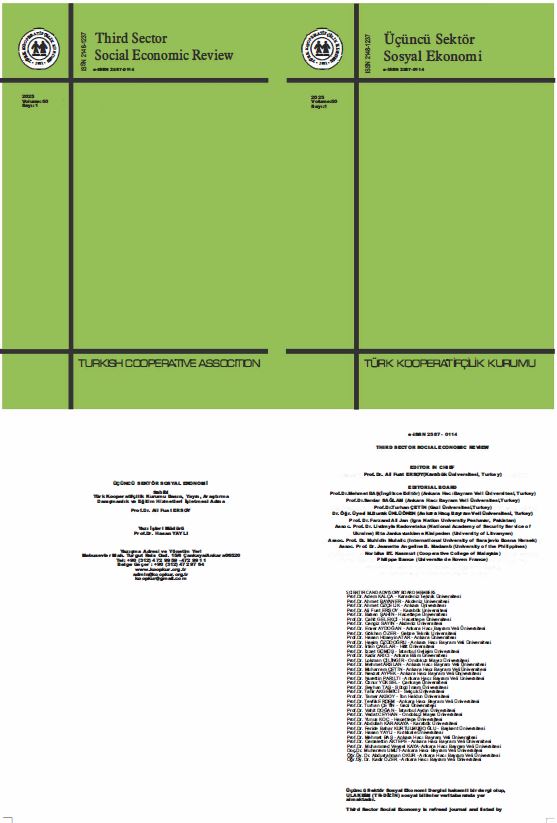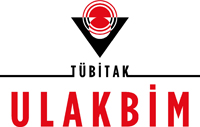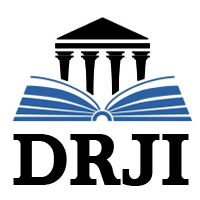REINVESTIGATING THE LINKAGES AMONG GROWTH, URBANIZATION, INDUSTRIALIZATION AND ENVIRONMENTAL DEGRADATION IN TÜRKİYE: FRESH EVIDENCE FROM ECOLOGICAL MODERNIZATION THEORY
Keywords:
Ecological modernization theory, urbanization, environmental degradation, environmental Kuznets curve, ARDL bounds testAbstract
As one of the economic approaches that studies and offers propositions on the relationship between humankind's economic life and its environment, the ecological modernization theory depends on the assumption that a balance can be established between the free market order and environmental existence. The theory argues that environmental improvement could be possible if technological innovation, public policies, human behavior and urbanization processes aimed at the use of renewable and clean energy sources are carried out together in an environmentally sensitive manner. This study explores the validity of ecological modernization theory in the context of Türkiye, which has committed to achieving carbon neutrality by the year 2053. In the analyses where the period 1965-2023 is considered and ARDL approach is adopted, the effects of growth, urbanization and industrialization on carbon intensity are estimated. Empirical findings substantiate the long-term relationship between the variables. In the long-term elasticities, the environmental Kuznets hypothesis is corroborated, and an inverted U-shaped relationship between urbanization and environmental degradation is observed. A U-shaped relationship between industrialization and environmental degradation is statistically insignificant. The effect of renewable energies is environmentally protective, as anticipated. In order to achieve the objective of carbon neutrality, it is imperative that this trend be strengthened in Türkiye, which has recently reduced its carbon intensity. A crucial aspect of achieving this objective is the reduction of the share of fossil fuels, the increase of investments in renewable energies, and the prioritization of sustainability in urban areas.









